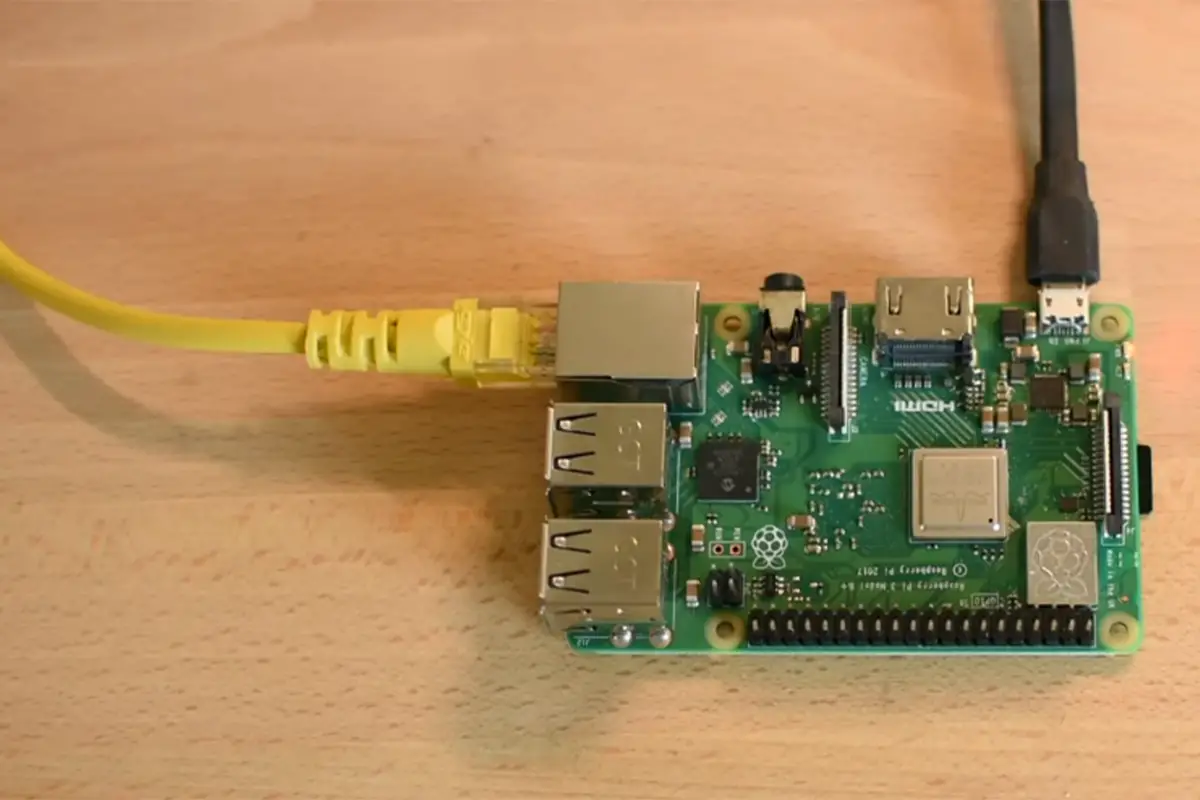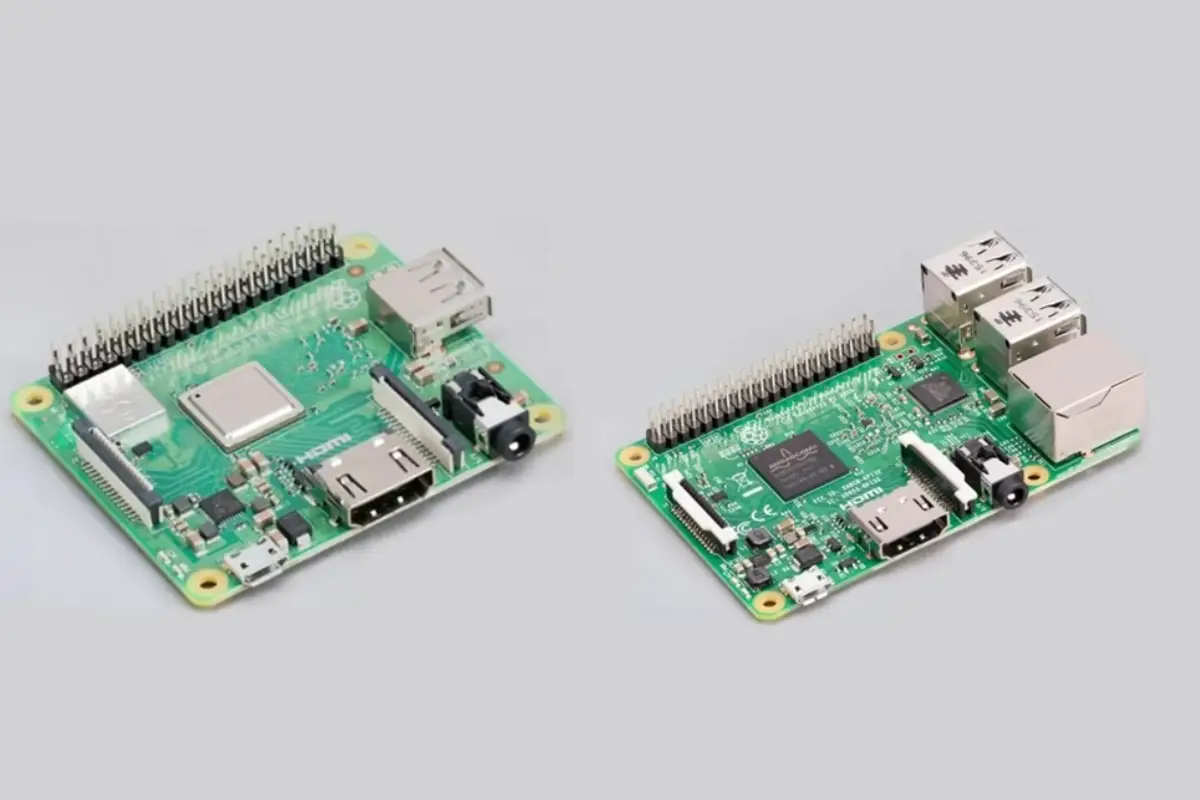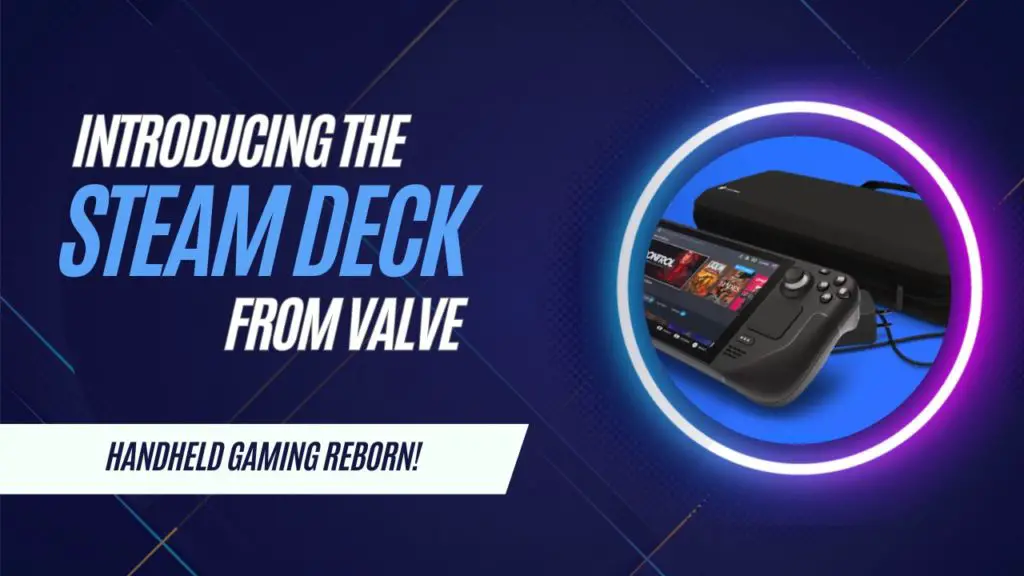
The Steam Deck, Valve Corporation’s latest foray into the gaming world, has quickly captured the attention of gamers and tech enthusiasts alike. As a handheld gaming device, it promises the power of a gaming PC in a portable form factor, bridging the gap between console and PC gaming. But what makes the Steam Deck particularly intriguing is its potential relevance to the Raspberry Pi and electronics projects community. With its open-source nature and robust hardware, the Steam Deck opens up new possibilities for DIY enthusiasts and developers looking to push the boundaries of portable computing and gaming.
What is the Steam Deck?
The Steam Deck is a handheld gaming device designed to offer the flexibility and performance of a gaming PC in a compact, portable package. Equipped with a custom AMD APU that combines a quad-core Zen 2 CPU with RDNA 2 graphics, the Steam Deck is capable of running a wide range of games from the Steam library at respectable frame rates. It features a 7-inch touchscreen display, a built-in controller with haptic feedback, and a custom Linux-based operating system called SteamOS.
What sets the Steam Deck apart from other portable gaming devices like the Nintendo Switch or mobile gaming platforms is its focus on providing a full-fledged PC gaming experience. This includes support for a vast library of games, the ability to install third-party software, and the option to connect to external displays and peripherals.
You Might Like: Installing CryoUtilities on the Steam Deck
A Closer Look at the Steam Deck’s Hardware
The Steam Deck’s hardware is a testament to Valve’s commitment to delivering a high-performance gaming experience in a handheld form. The device is powered by a custom AMD APU, which provides a balance of power and efficiency to handle modern games. The APU is paired with 16GB of LPDDR5 RAM, ensuring smooth multitasking and game performance.
In terms of storage, the Steam Deck offers three options: a 64GB eMMC model for budget-conscious users, and 256GB or 512GB NVMe SSD models for those seeking faster load times and more space for games. The device also features a microSD card slot for further storage expansion.
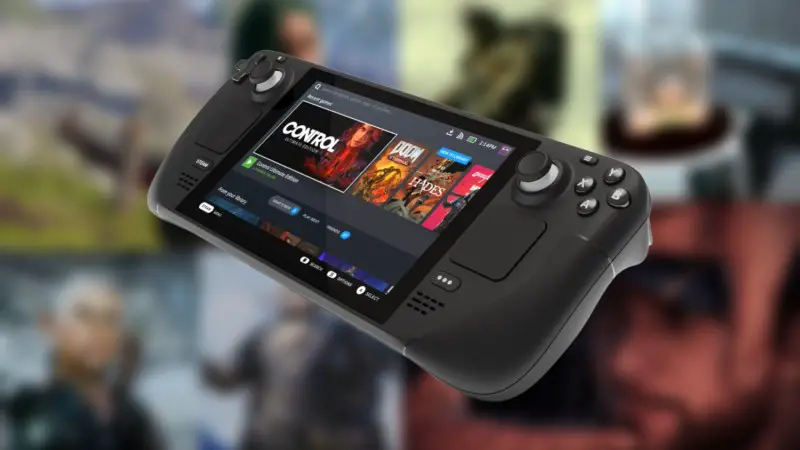
One of the most exciting aspects of the Steam Deck is its modularity and potential for hardware modifications. While the device is designed to be used as-is, its open nature invites enthusiasts to tinker with the hardware. This could include upgrades to the storage, custom cooling solutions, or even integration into larger electronics projects. The Steam Deck’s flexibility makes it an appealing option for those who enjoy customizing and optimizing their devices to suit their needs.
The Steam Deck runs on SteamOS, a Linux-based operating system specifically tailored for gaming. SteamOS provides seamless access to the vast Steam library, offering compatibility with a wide range of games, from indie titles to AAA blockbusters. The operating system is designed to optimize gaming performance while maintaining the flexibility of a traditional Linux environment.
Beyond gaming, the Steam Deck’s software ecosystem is remarkably flexible. Users can install third-party applications, including productivity tools, media players, and web browsers, transforming the device into a portable workstation. Additionally, the open-source nature of SteamOS allows for customization and tweaking to suit individual preferences.
For Raspberry Pi enthusiasts and developers, the Steam Deck presents an exciting opportunity to explore emulation and run Raspberry Pi-related software. The device’s hardware and software compatibility make it a potential platform for emulating classic consoles, experimenting with coding projects, or even running lightweight versions of Raspberry Pi operating systems.
You Might Like: The Best Operating Systems For Your Raspberry Pi
Connectivity and Expansion Possibilities with the Steam Deck
The Steam Deck is designed with connectivity and expansion in mind. It features a USB-C port with support for DisplayPort 1.4, allowing users to connect the device to external displays for a more traditional gaming experience or to use it as a portable computer. Additionally, the USB-C port can be used to connect a wide range of peripherals, including keyboards, mice, and game controllers, further enhancing the device’s versatility.
The potential for integrating the Steam Deck into larger electronics projects is vast. Its connectivity options, combined with its portable form factor and powerful hardware, make it an attractive option for DIY enthusiasts looking to create unique gaming setups or incorporate the device into home automation systems, robotics projects, or other tech-based endeavors.
Evaluating the Steam Deck’s Gaming Performance
The gaming performance of the Steam Deck is a key highlight of the device. It is capable of running many modern games at 720p with satisfactory frame rates, providing a smooth and enjoyable gaming experience on the go. The device’s custom APU, coupled with its 16GB of RAM, ensures that games load quickly and run smoothly, even in demanding titles.
When compared to traditional consoles and PC gaming, the Steam Deck offers a unique blend of portability and performance. While it may not match the graphical fidelity of a high-end gaming PC or the latest consoles, it provides a compelling gaming experience that is unmatched in the handheld gaming market.
One of the standout features of the Steam Deck is its control scheme, which includes a touchpad and gyroscopic controls. These inputs offer precise aiming and navigation, enhancing the gameplay experience in first-person shooters, strategy games, and other genres that benefit from fine-tuned control. The integration of these features demonstrates Valve’s commitment to providing a versatile and immersive gaming experience on the Steam Deck.
You Might Like: The Top 30 Raspberry Pi Commands You Need To Know
DIY Projects and Modding the Steam Deck
The Steam Deck is not just a gaming device; it’s a canvas for creativity. Its open hardware and software environment encourage DIY projects and customization, allowing users to tailor their devices to their specific needs and interests. From software tweaks to improve performance or add functionality, to hardware mods such as additional storage or custom cooling solutions, the possibilities are endless.
For those in the Raspberry Pi and electronics projects community, the Steam Deck offers a unique platform for experimentation. Whether it’s creating a portable emulation station, integrating the device into home automation projects, or using it as a control panel for custom-built electronics, the Steam Deck’s powerful hardware and connectivity options make it a versatile tool for a wide range of projects.
The community around the Steam Deck is vibrant and innovative, often sharing modifications and enhancements that push the device’s capabilities further. These community-driven projects not only enhance the Steam Deck’s functionality but also inspire others to explore the potential of their devices.
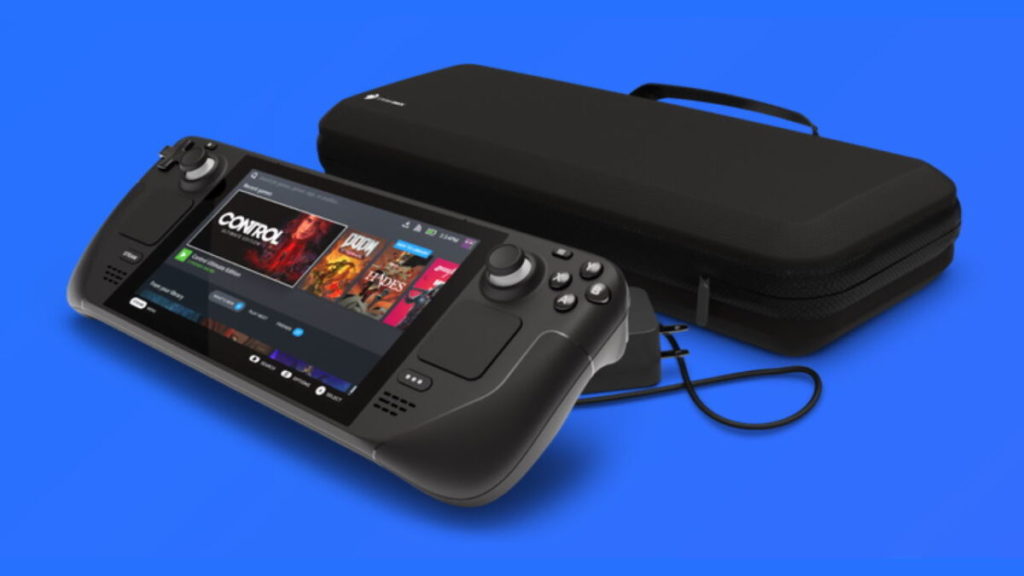
Addressing the Steam Deck’s Challenges and Limitations
Despite its versatility and power, the Steam Deck is not without its challenges and limitations. Battery life remains a concern for many users, as demanding games can significantly drain the device’s battery, limiting portability. Thermal performance is another critical area, with the device generating considerable heat under heavy use, which can affect comfort and possibly long-term durability.
Storage options can also be a limitation, especially for models with lower internal storage capacities. However, the device’s expandability via microSD cards offers a workaround, though with potentially slower game load times.
Optimizing the Steam Deck’s performance and longevity involves balancing power consumption with performance, managing thermal output through software settings or hardware modifications, and judiciously managing storage to ensure the device remains responsive and capable of running the latest games.
You Might Like: How To Find Files On Ubuntu Using The Terminal
The Future of the Steam Deck and Its Impact on Gaming and DIY Projects
The future of the Steam Deck looks promising, with Valve actively supporting the device through software updates and potentially hardware revisions. The impact on the portable gaming market and the electronics projects community could be significant, as the device continues to blur the lines between gaming consoles, PCs, and DIY electronics platforms.
Future software updates are expected to enhance compatibility with an even broader range of games, improve system stability, and introduce new features that expand the device’s capabilities. Hardware revisions could address some of the current limitations, such as battery life and thermal performance, making the Steam Deck an even more attractive option for gamers and tech enthusiasts alike.
Conclusion
The Steam Deck represents a significant step forward in the world of portable gaming and DIY electronics. Its blend of powerful hardware, flexible software, and open design principles make it a versatile platform for gaming, customization, and creative projects. For Raspberry Pi enthusiasts and electronics hobbyists, the Steam Deck offers a new avenue for exploration and innovation.
As the device continues to evolve through community-driven projects, software updates, and potential hardware improvements, its relevance and appeal to the Raspberry Pi and electronics community are likely to grow. The Steam Deck is more than just a gaming device; it’s a testament to the possibilities that open, accessible technology can offer to those willing to explore its potential.
- How To Uninstall Packages On Ubuntu - March 13, 2024
- How To Restart Ubuntu Using The Terminal - March 13, 2024
- What Is The Steam Deck | Experience Modern Handheld Gaming - March 12, 2024

